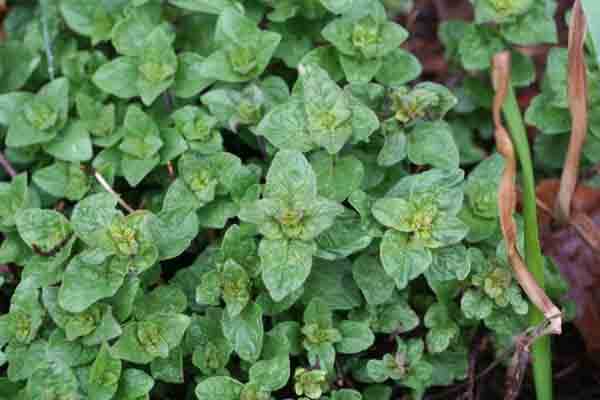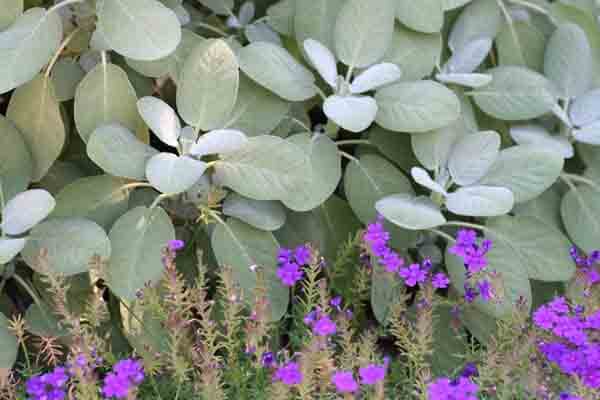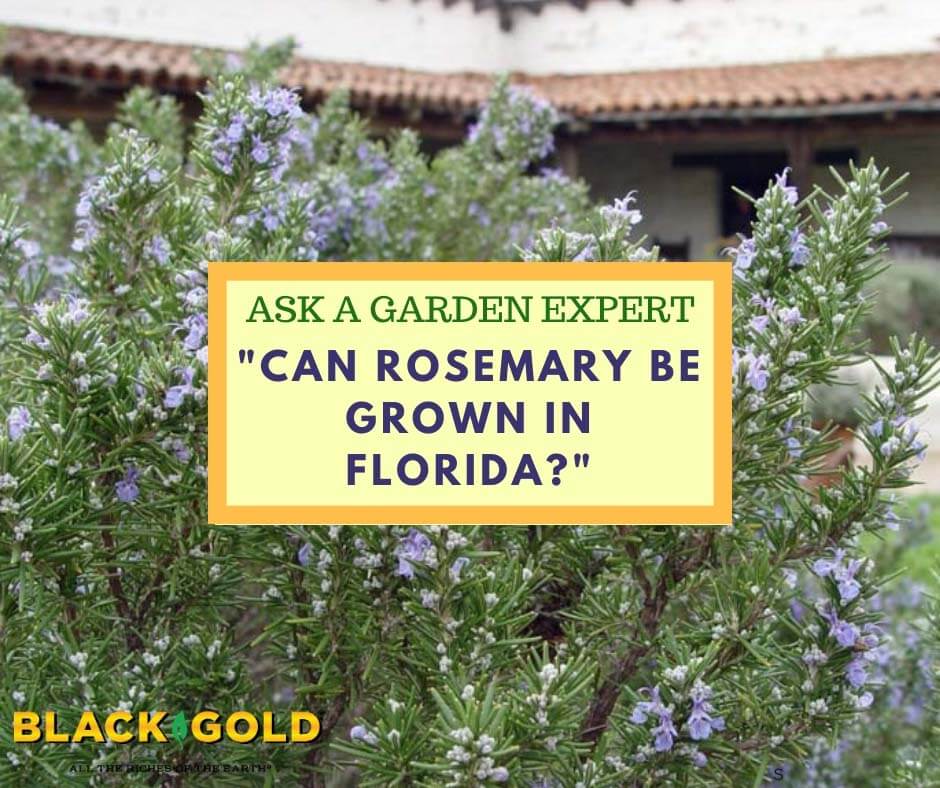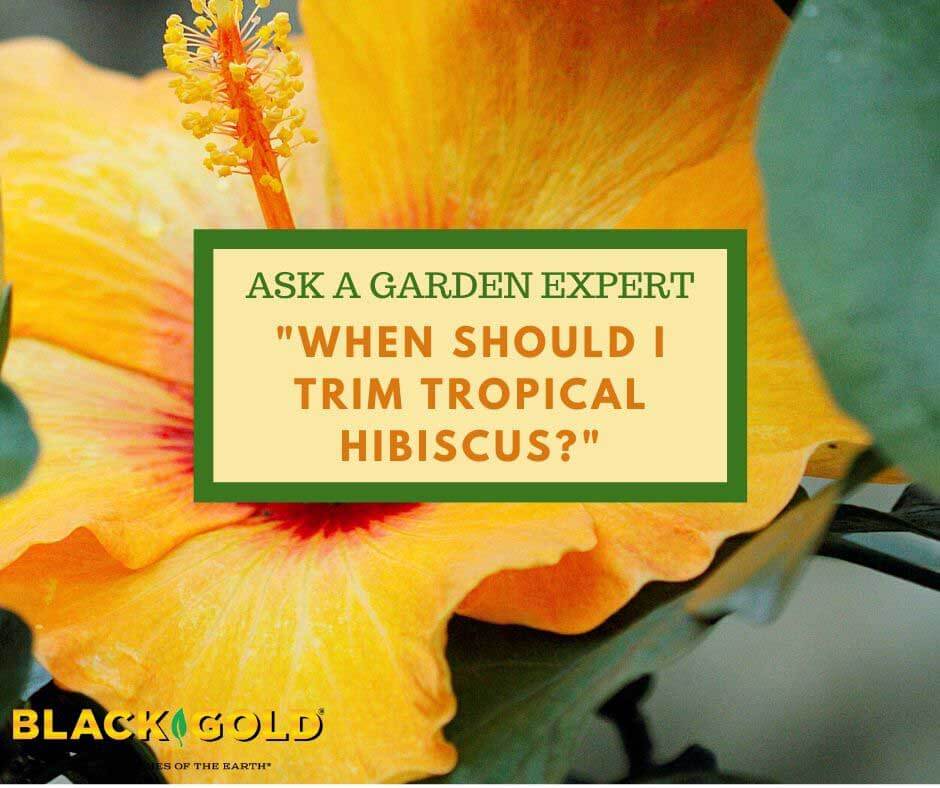
What are the best herbs for Central Florida? Question from Sherry of Silver Springs, Florida.
Answer: You can grow common, heat-loving herbs well in Florida. These include basil, lavender, oregano, rosemary, sage, and thyme. The only potential caveat is that these popular herbs are Mediterranean and don’t like excessive moisture. For this reason, I would plant them in raised beds or containers, which tend to drain more quickly. Choose a fast-draining garden soil, like Black Gold Natural & Organic Potting Mix, for best results. Another important factor is that common perennial herbs like these require cool or cold winters to survive for years. This means that you will have to plant fresh starts a little more often.
Tropical lemongrass, which loves heat, humidity, and moisture, is an ideal herb for your climate if you like its lemony flavor (click here for a full list of lemony herbs). It should grow year-round for you. (Watch the video below about how to grow lemongrass.)
Here’s a little more about these heat-tolerant herbs.
Basil
Basil (Ocimum basilicum) is grown as an annual but will survive for several years where winters are mild. It is one of the best herbs for growing down South. (Watch the video below about growing basil in containers.)
Oregano
 Oregano (Origanum vulgare, USDA Hardiness Zones 4-10) needs full sun and has low, rooting stems that spread, so be sure to give it space to grow. I recommend a low, wide pot.
Oregano (Origanum vulgare, USDA Hardiness Zones 4-10) needs full sun and has low, rooting stems that spread, so be sure to give it space to grow. I recommend a low, wide pot.
Thyme
 Thyme (Thymus vulgaris, USDA Hardiness Zones 5-9) is a common herb across Europe with a low, spreading, shrubby habit and pungent evergreen leaves. It requires well-drained soil and a sunny spot.
Thyme (Thymus vulgaris, USDA Hardiness Zones 5-9) is a common herb across Europe with a low, spreading, shrubby habit and pungent evergreen leaves. It requires well-drained soil and a sunny spot.
Sage
 The leathery, gray, evergreen leaves of sage (Salvia officinalis, USDA Hardiness Zones 4-8) are tasty, and this hardy shrubby perennial bears pretty lavender-blue flowers in summer, which are also edible, and attract bees. Give it plenty of sun and soil with good drainage.
The leathery, gray, evergreen leaves of sage (Salvia officinalis, USDA Hardiness Zones 4-8) are tasty, and this hardy shrubby perennial bears pretty lavender-blue flowers in summer, which are also edible, and attract bees. Give it plenty of sun and soil with good drainage.
Lavender
 Of all the lavenders, I like ‘Provence’ (Lavandula x intermedia ‘Provence’, USDA Hardiness Zones 6-9) because it is very fragrant and flowers heavily. It is a vigorous hybrid between English lavender (L. angustifolia) and Portuguese lavender (L. latifolia). (To learn more about growing lavender, click here.)
Of all the lavenders, I like ‘Provence’ (Lavandula x intermedia ‘Provence’, USDA Hardiness Zones 6-9) because it is very fragrant and flowers heavily. It is a vigorous hybrid between English lavender (L. angustifolia) and Portuguese lavender (L. latifolia). (To learn more about growing lavender, click here.)
Rosemary
 In the Mediterranean, rosemary (Rosmarinus officinalis , USDA Hardiness Zones 8-10) is a favorite in landscapes and edible gardens. This sun and drought-loving herb has needle-like leaves that are resinous and fragrant. I recommend protecting is from excessive rain in Florida (click here to read more).
In the Mediterranean, rosemary (Rosmarinus officinalis , USDA Hardiness Zones 8-10) is a favorite in landscapes and edible gardens. This sun and drought-loving herb has needle-like leaves that are resinous and fragrant. I recommend protecting is from excessive rain in Florida (click here to read more).
Happy herb gardening!
Jessie Keith
Black Gold Horticulturist







